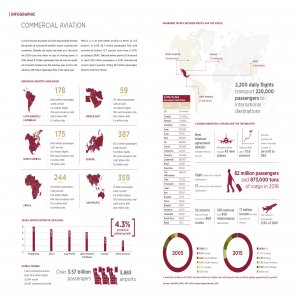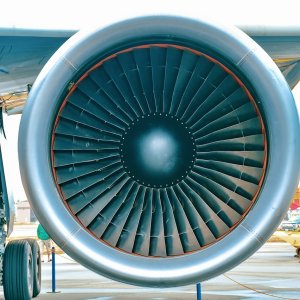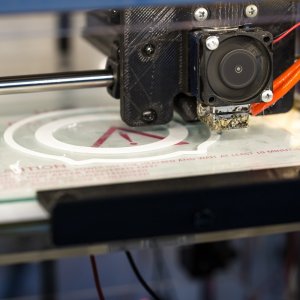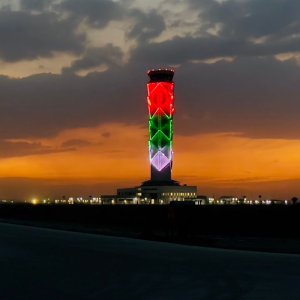Stretching the Limits of Manufacturing
STORY INLINE POST
Manufacturing companies worldwide are touting the benefits of 3D printing, also known as additive manufacturing, for product design optimization. Aerospace companies that have incorporated this technology have grown because they can create prototypes faster, shortening time to market, says Victor Ruiz, Director General of 3D Systems. But Mexican companies have lagged in incorporating this technology.
“3D printing is the technology that will grow the most in the next 10 years but Mexican companies are only recently recognizing its potential,” says Ruiz, although its penetration varies by industry. The automotive sector is incorporating additive manufacturing without fear and Ruiz’ expectations are positive for the Mexican aerospace sector, as well as the consumables, manufacturing and healthcare industries. “In the aerospace sector, most companies in Mexico are foreign so they are well-acquainted with these technologies.”
3D Systems was the first 3D printing company in the world and now sells related printers, materials and software. It also offers on-demand manufacturing for several sectors, including aerospace, automotive and healthcare, the latter for which it supplies dental implants.
The Wohlers Report 2017, by Wohlers Associates, an independent consulting firm specialized in additive manufacturing, valued the additive manufacturing sector at US$6.06 billion in 2016, with a corporate annual growth rate of 17.4 percent that same year. 3D Systems, founded by the inventor of 3D printing, Chuck Hull, has grown even faster than the industry. “The company is growing at an exponential pace following the industry’s growth,” says Ruiz. 3D Systems pegs its growth at 32 percent per year globally. Results for Mexico are even better, with 60 percent growth in 2016 compared to the previous year and a forecast of over 40 percent growth for 2017. The company has 171 offices globally.
Ruiz explains that Mexican manufacturing companies use mostly MultiJet Printing, which uses UV radiation to crosslink a photosynthetic polymer. This popular technique
is useful for most auto parts but cannot handle the heat or stretch resistant materials required by an aircraft during flight. To manufacture aircraft pieces requires the more expensive stereolithography, which uses an X-Ray to harden a photosensitive resin in layers and provides more precise and larger pieces than other techniques. “The technique used depends entirely on the final piece and the materials it will be made from,” says Ruiz. “Stereolithography is the technique most used in the aerospace sector.” Another useful technique for the sector is selective laser sintering, which uses a laser source to sinter nylon or polyamide powders.
3D printing is useful for the aerospace sector because it permits the creation of lighter pieces, which is of the utmost importance in aircraft. It also saves time on piece development but Ruiz sees potential in this technology beyond prototypes. “3D printing permits the design of parts that would not be possible by other technologies. Our company is shifting its vision from prototypes to manufacturing parts for the automotive, aerospace and healthcare sectors,” he says. “When the aerospace sector uses 3D printing to manufacture final pieces it will save time, materials and money because it does not require molds. Creating a plastic mold to manufacture only 1,000 pieces is not cost-effective.”
The main barrier for Mexican companies to incorporate 3D printing technology is cost. A MultiJet machine has a price tag between US$80,000 and US$120,000 while equipment for stereolithography ranges between US$250,000 to US$600,000 per unit. The company sells approximately 20 to 25 machines per year to manufacturing and 120 personal units per year. However, “we have decided to stop selling equipment for personal 3D printing because it is not as profitable per unit as industrial manufacturing,” Ruiz says. Additive manufacturing is expected to continue growing and as new technologies develop, it has potential to transform manufacturing practices.
3D Systems has significant room for growth in line with industry trends. But Ruiz says that 98 percent of Mexican companies are unaware of the benefits of this technology so growth will depend on overcoming resistance to change. “In 2017, we expect 3D Systems global offices to grow by 32 percent. For Mexico and Latin America, I would suggest 10 percent more as the region’s manufacturing is doing very well.”
101
























